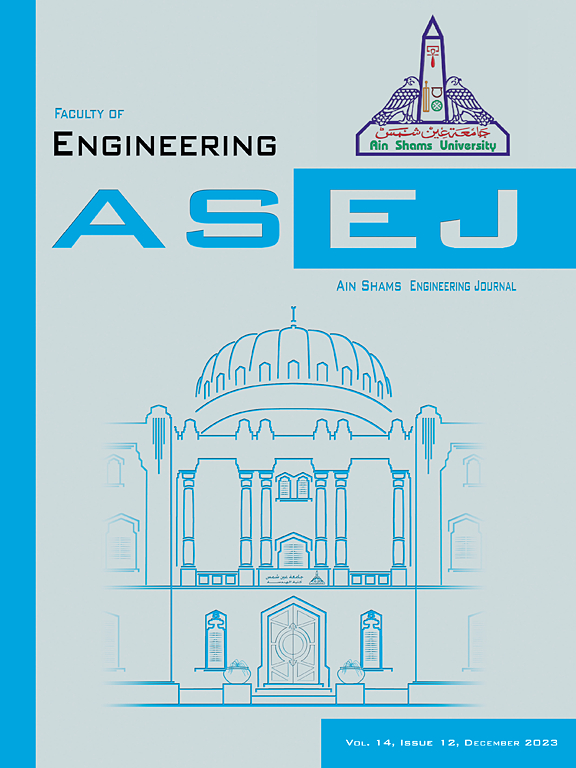A quantitative investigation on the passive features in vernacular Mu Nia Tibetan houses
IF 6
2区 工程技术
Q1 ENGINEERING, MULTIDISCIPLINARY
引用次数: 0
Abstract
The Mu Nia culture is an endangered alpine civilization, yet the foundational research on its architecture remains significantly inadequate. This study conducted field research on 52 Mu Nia buildings and performed a quantitative analysis of the passive technologies embedded within them. The research indicates that, compared to other spontaneously constructed Tibetan architectures, Mu Nia dwellings exhibit greater stylistic diversity while still adhering to a unified principle of solar energy utilization. In modern times, Mu Nia villagers have improved indoor quality with self-awareness in terms of enhancing the utilization of local materials, strengthening exterior wall insulation, adding sunspaces, and modifying Chinse fireplaces. In future research and practice, architects and scientists can refer to the pathways and trends proposed in this paper to achieve the preservation and development of Mu Nia culture.
木奈藏族民居被动特征的定量调查
木尼亚文化是一种濒临灭绝的高山文明,但对其建筑的基础研究仍显不足。本研究对Mu Nia的52栋建筑进行了实地调研,并对被动式技术进行了定量分析。研究表明,与其他自发建造的藏族建筑相比,木尼亚民居在坚持统一的太阳能利用原则的同时,表现出更大的风格多样性。近代以来,木尼亚村民自觉提高室内质量,加强乡土材料的利用,加强外墙保温,增加阳光空间,改造中式壁炉。在未来的研究和实践中,建筑师和科学家可以参考本文提出的路径和趋势,实现木尼亚文化的保护和发展。
本文章由计算机程序翻译,如有差异,请以英文原文为准。
求助全文
约1分钟内获得全文
求助全文
来源期刊

Ain Shams Engineering Journal
Engineering-General Engineering
CiteScore
10.80
自引率
13.30%
发文量
441
审稿时长
49 weeks
期刊介绍:
in Shams Engineering Journal is an international journal devoted to publication of peer reviewed original high-quality research papers and review papers in both traditional topics and those of emerging science and technology. Areas of both theoretical and fundamental interest as well as those concerning industrial applications, emerging instrumental techniques and those which have some practical application to an aspect of human endeavor, such as the preservation of the environment, health, waste disposal are welcome. The overall focus is on original and rigorous scientific research results which have generic significance.
Ain Shams Engineering Journal focuses upon aspects of mechanical engineering, electrical engineering, civil engineering, chemical engineering, petroleum engineering, environmental engineering, architectural and urban planning engineering. Papers in which knowledge from other disciplines is integrated with engineering are especially welcome like nanotechnology, material sciences, and computational methods as well as applied basic sciences: engineering mathematics, physics and chemistry.
 求助内容:
求助内容: 应助结果提醒方式:
应助结果提醒方式:


